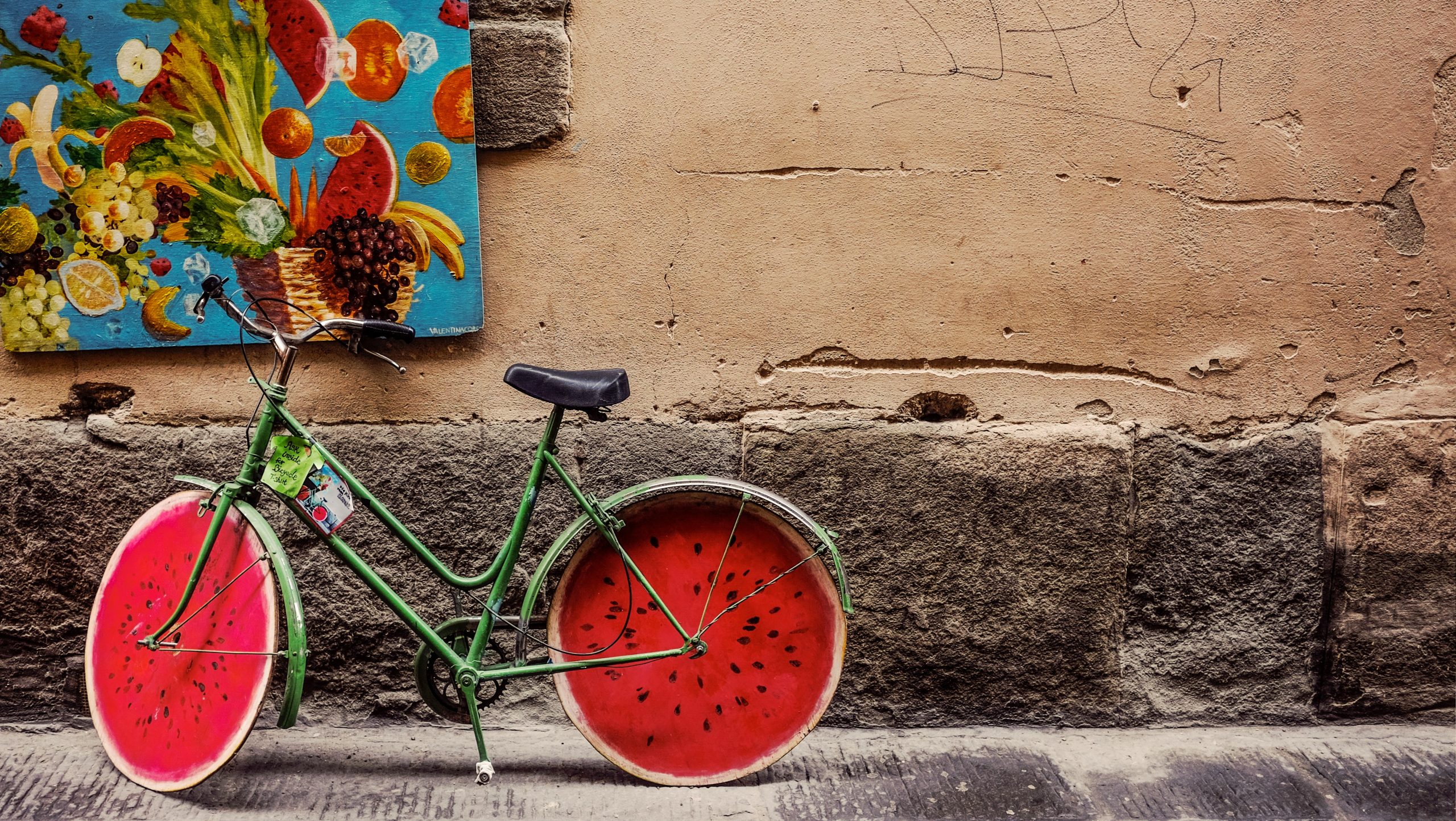Innovation is often perceived as the domain of artists, designers, or entrepreneurs. However, creativity is fundamentally a neural process — one that neuroscience is beginning to understand in greater detail. For students, educators, and researchers in neuroscience, understanding how the brain generates original ideas is not only intellectually fascinating but also practically useful for problem-solving and research.
The Brain Networks Behind Creative Thinking
Creativity isn’t localized to a single region of the brain. Instead, it arises from the interaction between three major neural networks:
- The Default Mode Network (DMN): Responsible for daydreaming, imagination, and internal thought.
- The Executive Control Network (ECN): Helps with focus, planning, and evaluating ideas.
- The Salience Network (SN): Filters important stimuli and helps switch between the DMN and ECN.
When you’re being creative — whether brainstorming research questions or composing music — these systems are constantly shifting and integrating. A creative brain, therefore, is a flexible brain.
Divergent Thinking and Neural Flexibility
One key measure of creativity is divergent thinking — the ability to generate multiple solutions to an open-ended problem. Neuroscience shows that individuals who excel at divergent thinking display increased connectivity between regions of the prefrontal cortex and temporal lobes.
This kind of thinking is especially important in neuroscience research. For example, when designing a behavioral study or interpreting unexpected data, the ability to pivot and generate new frameworks can be the difference between a stalled project and a breakthrough.
The Role of Emotion in Creativity
Creativity is not purely cognitive; it’s deeply emotional. The limbic system, which includes structures like the amygdala and hippocampus, plays a vital role in creative expression. Emotional salience enhances memory encoding and retrieval, which is why emotionally charged experiences often lead to creative insight.
Moreover, moderate levels of dopamine — the neurotransmitter associated with reward and curiosity — are linked to increased idea generation. This suggests that joy, novelty, and motivation are not just nice-to-haves but neurochemical conditions that foster innovation.
How to Train a More Creative Brain
Creativity is not an inborn trait — it’s a trainable skill. Neuroscience offers several strategies to strengthen creative cognition:
- Practice analogical thinking: Try applying solutions from unrelated domains to your current problem. This cross-domain thinking activates multiple brain networks.
- Change your environment: Novelty stimulates the hippocampus and encourages flexible thinking.
- Take breaks: Incubation periods allow the default mode network to make subconscious connections.
- Engage in playful learning: Activities like improvisation, storytelling, or sketching reduce performance anxiety and open up mental exploration.
- Mindfulness and reflection: These practices balance activity between the DMN and ECN, supporting insight generation.
Creativity in Neuroscience: From Lab to Life
In the scientific community, creativity isn’t just about flashy discoveries — it’s embedded in everyday practices. Designing a new experiment, finding a clearer way to teach a concept, or drawing connections between disparate studies all require creative thinking. Neuroscience itself advances through both rigorous logic and imaginative leaps.
Cultivating creativity is thus not a luxury but a necessity for anyone involved in understanding the brain. By appreciating the neural mechanisms behind innovation, we can better nurture it — not only in ourselves but in the next generation of thinkers.


